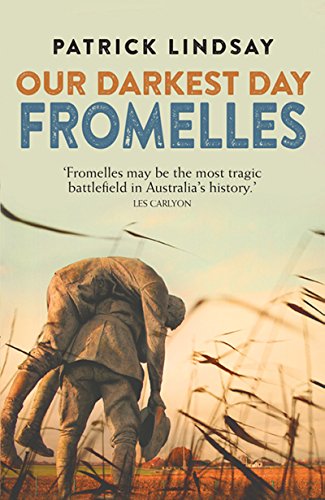Competition, free enterprise and globalisation are regularly criticised today for a range of sins. A counterbalance to such criticism, Alan Greenspan’s view is that continuing the current free-market approach to managing economies is the only way to ensure prosperity in ‘The Age of Turbulence’ in which we live.
Greenspan, now in his eighty-second year, has been a significant participant in, and student of, the global economy for the past sixty years. Based on that experience and the positions he has held, with arguably unique access to information and the best economic minds, his clear view is that the continuous rise in prosperity and living standards in the United States and globally is a direct result of competition, free enterprise and flexible economies, with minimum government interference.
...
(read more)










